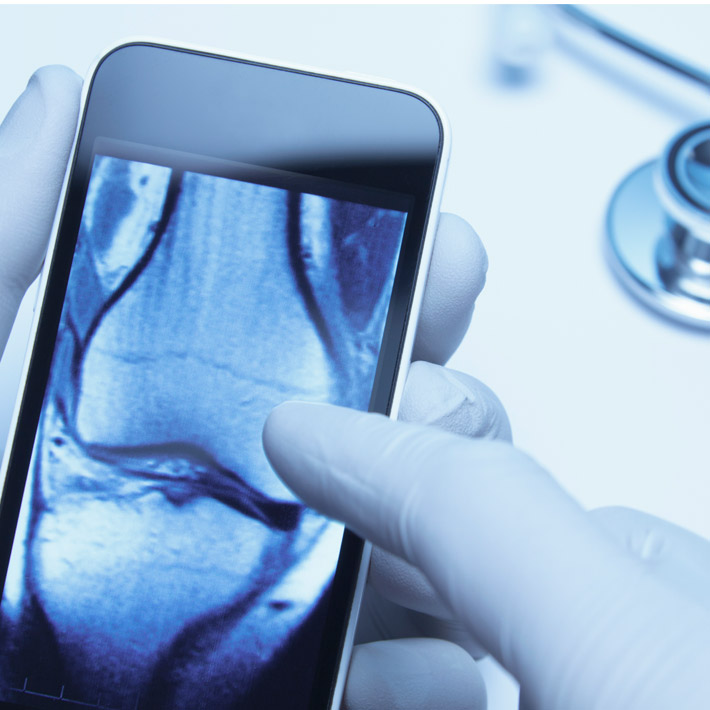8 October 2017
Thanks to steady advances in miniaturization and wireless technology, scientists now envision a future in which doctors can collect valuable medical data from tiny sensors swallowed by patients.
Continual access to power is a limitation for such devices, but researchers at the Massachusetts Institute of Technology (MIT) and colleagues have now demonstrated a promising strategy that essentially turns the gastrointestinal tract into a battery.
Swallowing a battery could be harmful to health, so the researchers, led by Robert Langer, Anantha Chandrakasan and Giovanni Traverso, designed a sensor powered by a ‘biogalvanic cell’. Rather than relying on the toxic and corrosive chemicals found in batteries, their device generates power by immersing a pair of metal electrodes into the surrounding acidic digestive fluid, fuelling an electricity-generating reaction.
“These cells offer a potentially safer and lower cost alternative to traditional batteries,” says MIT electrical engineer Phillip Nadeau. Such approaches had been demonstrated as proof of concept in the past, but only for short-term studies. Nadeau and colleagues now sought to develop a biogalvanic cell that is viable for extended use. One key improvement was selecting a more durable material for the device’s anode that would not degrade over the course of the power-generating chemical reaction.
As a test, they performed a series of studies in pigs, with a consumable biogalvanic cell-powered sensor that monitors body temperature. The device proved highly durable, and although it was prone to some power fluctuations, it drew enough electricity to reliably transmit temperature data to an external receiver for about six days. “There was a lot of power available that we could harvest for up to one week,” says Nadeau, “and it worked through the normal routines of the animal, like feeding and moving around.”
Their prototype sensor is small, but could be made smaller and more energy-efficient. Such improvements will be sought in future iterations of the device — along with extensive investigation of biosafety as a prelude to testing in humans. Nadeau believes that such devices could be coupled with controlled drug-release systems or designed to remain longer in the digestive tract for long-term, non-invasive health tracking. “One potential application is an ingestible vital signs monitor,” says Nadeau, “which could measure and transmit heart rate and breathing information to a nearby external device, like a smartphone.”
References
Nadeau, P., El-Damak, D., Glettig, D., Kong, Y.L., Mo, S. et al. Prolonged energy harvesting for ingestible devices. Nat. Biomed. Eng. (2017).| article



